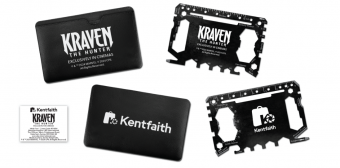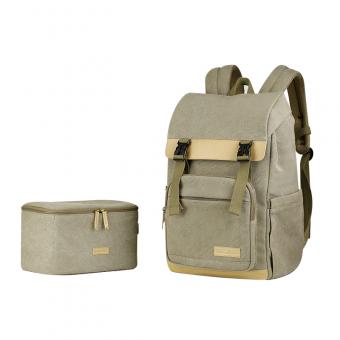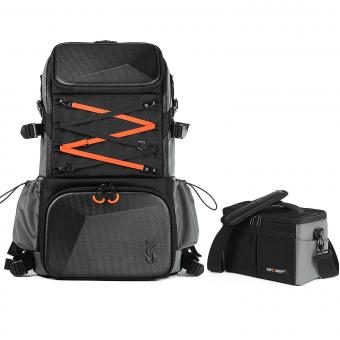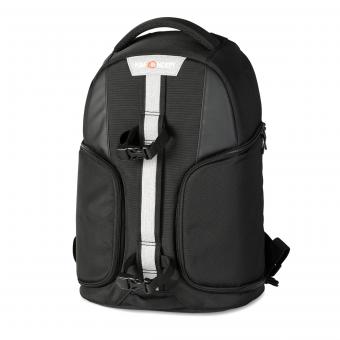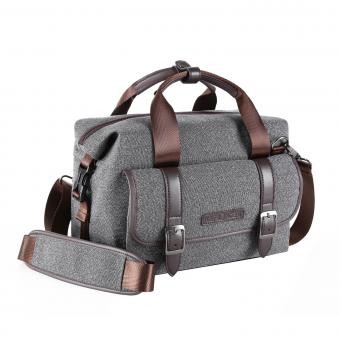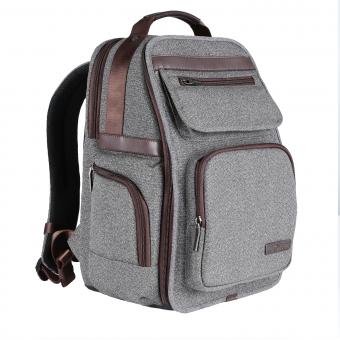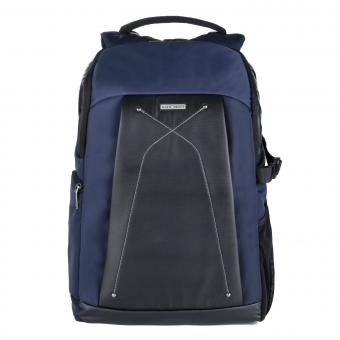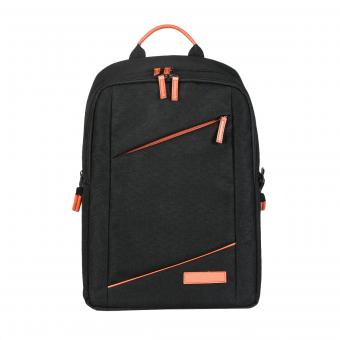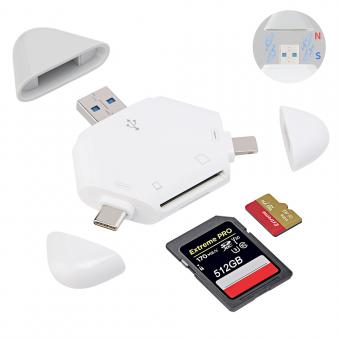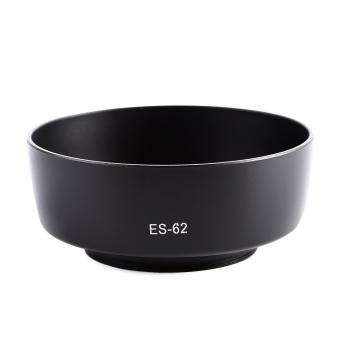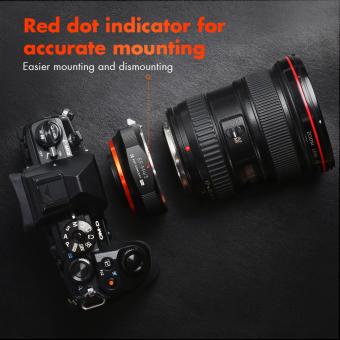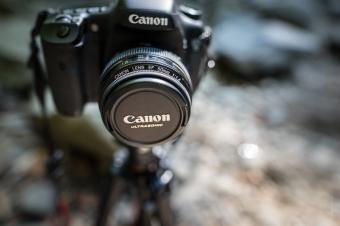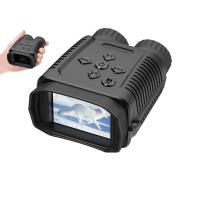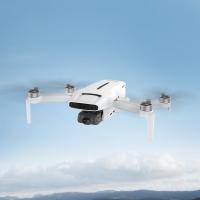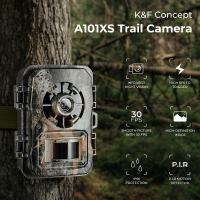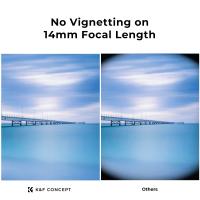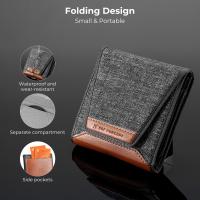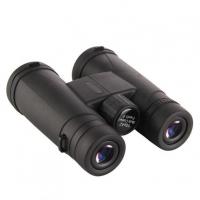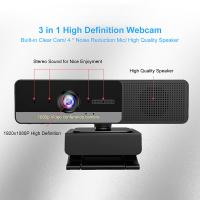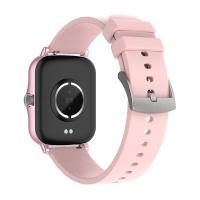What Lens To Buy For Dslr Camera?
Choosing the Right Lens for Your DSLR Camera: A Comprehensive Guide
When it comes to enhancing your photography skills, one of the most crucial decisions you'll make is selecting the right lens for your DSLR camera. The lens you choose can significantly impact the quality of your photos, the types of shots you can capture, and your overall photography experience. With a myriad of options available, it can be overwhelming to decide which lens is best suited for your needs. This guide aims to demystify the process and help you make an informed decision.
Understanding Lens Basics
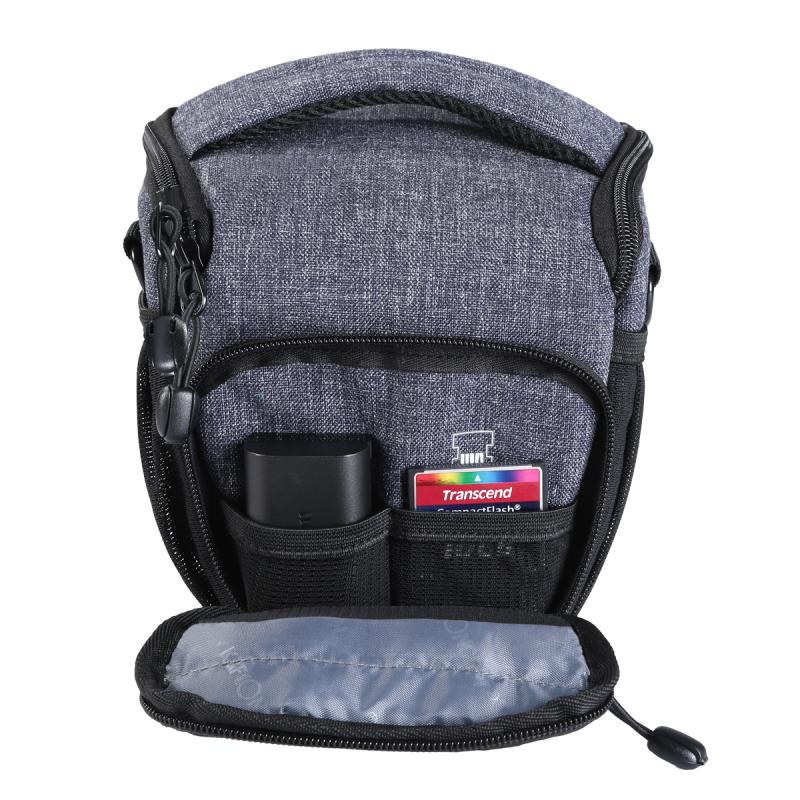
Before diving into specific lens recommendations, it's essential to understand some basic concepts:
1. Focal Length: This is the distance between the lens and the image sensor when the subject is in focus, usually measured in millimeters (mm). It determines the field of view and how much of the scene will be captured. Lenses are generally categorized as wide-angle, standard, or telephoto based on their focal lengths.
2. Aperture: Represented by f-numbers (e.g., f/2.8, f/4), the aperture controls the amount of light entering the lens. A lower f-number means a larger aperture, allowing more light and creating a shallow depth of field, which is ideal for portraits.
3. Prime vs. Zoom Lenses: Prime lenses have a fixed focal length, offering superior image quality and larger apertures. Zoom lenses, on the other hand, provide versatility by covering a range of focal lengths.
Identifying Your Photography Needs
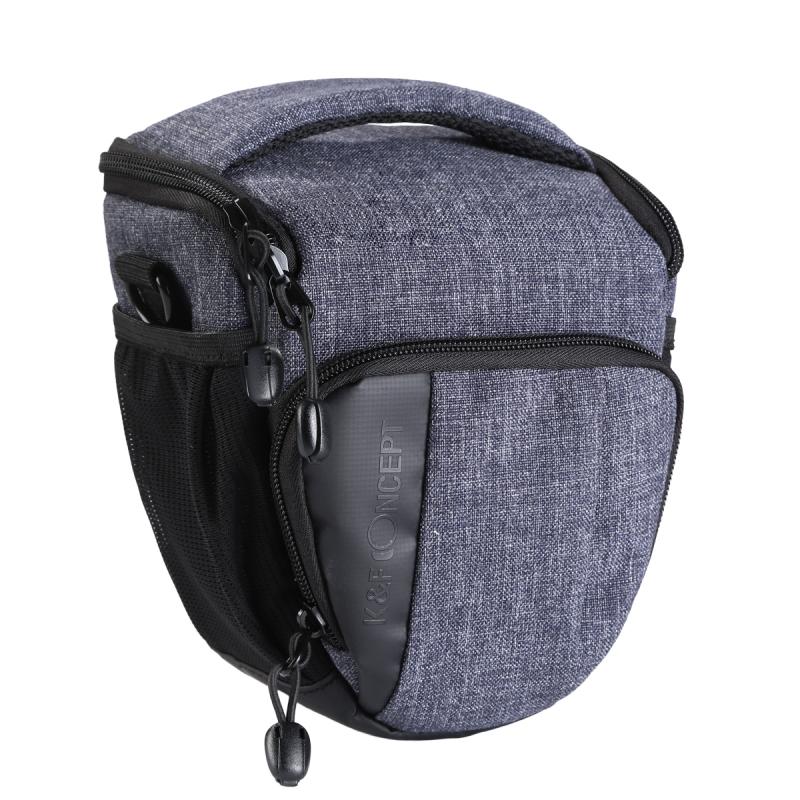
The first step in choosing the right lens is to identify your primary photography interests. Here are some common categories and the types of lenses best suited for each:
1. Portrait Photography: For capturing stunning portraits, a lens with a focal length between 50mm and 85mm is ideal. These lenses offer a natural perspective and a pleasing background blur (bokeh). A popular choice is the 50mm f/1.8 lens, known for its sharpness and affordability.
2. Landscape Photography: Wide-angle lenses with focal lengths ranging from 10mm to 24mm are perfect for capturing expansive landscapes. These lenses allow you to include more of the scene in your frame, making them ideal for nature and architectural photography.
3. Macro Photography: If you're interested in capturing close-up details of small subjects like flowers or insects, a macro lens is essential. These lenses have a 1:1 magnification ratio, allowing you to capture intricate details with stunning clarity. A common choice is the 100mm f/2.8 macro lens.
4. Sports and Wildlife Photography: For capturing fast-moving subjects from a distance, a telephoto lens with a focal length of 200mm or more is necessary. These lenses allow you to zoom in on your subject without disturbing them. A popular option is the 70-200mm f/2.8 lens, known for its versatility and image quality.
5. Street Photography: A compact and discreet lens is ideal for street photography. A 35mm or 50mm prime lens is a popular choice, offering a natural field of view and excellent low-light performance.
Budget Considerations
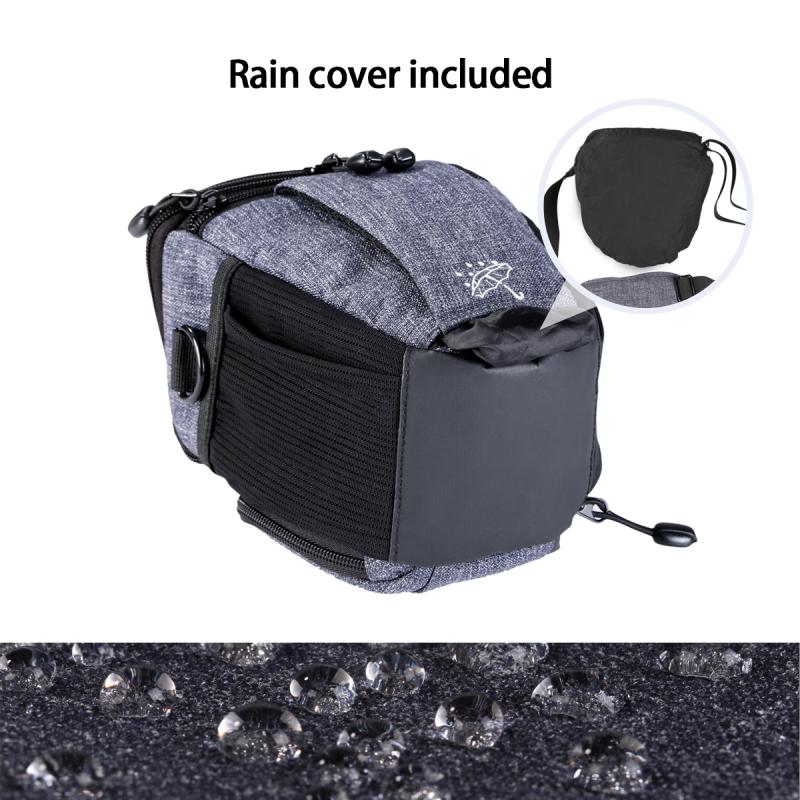
Lenses can vary significantly in price, so it's essential to consider your budget. While high-end lenses offer superior image quality and build, there are many affordable options that provide excellent performance. Here are some budget-friendly recommendations:
1. Canon EF 50mm f/1.8 STM: Known as the "nifty fifty," this lens offers excellent image quality and a large aperture at an affordable price.
2. Nikon AF-S DX NIKKOR 35mm f/1.8G: A great option for Nikon users, this lens is perfect for low-light conditions and offers a natural perspective.
3. Sigma 17-50mm f/2.8 EX DC OS HSM: This third-party lens offers a versatile zoom range and a constant f/2.8 aperture, making it a great all-around lens for various photography styles.
Brand Compatibility
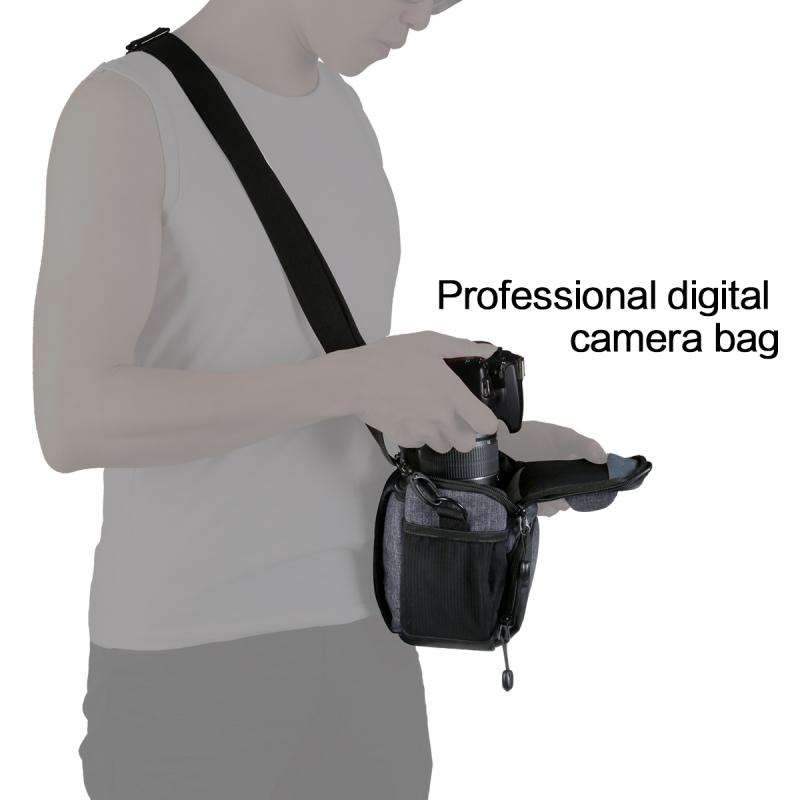
Ensure that the lens you choose is compatible with your DSLR camera. Major camera brands like Canon, Nikon, Sony, and others have their own lens mounts, so you'll need to select a lens that fits your camera body. Additionally, third-party manufacturers like Sigma, Tamron, and Tokina offer lenses compatible with multiple brands, often at a lower price point.
Image Stabilization
Image stabilization (IS) or vibration reduction (VR) is a feature that helps reduce camera shake, allowing you to capture sharp images at slower shutter speeds. This feature is particularly useful for telephoto lenses and low-light photography. While it can add to the cost of the lens, it is a valuable feature for many photographers.
Autofocus Performance
Autofocus (AF) performance is another critical factor to consider, especially for action photography. Look for lenses with fast and accurate AF systems. Some lenses also offer silent AF motors, which are beneficial for video recording.
Future-Proofing Your Investment
Photography is a journey, and your needs may evolve over time. Consider investing in lenses that will grow with you as you develop your skills. High-quality lenses tend to retain their value and can be used with future camera upgrades.
Choosing the right lens for your DSLR camera is a crucial step in your photography journey. By understanding the basics of lenses, identifying your photography needs, and considering factors like budget, brand compatibility, and additional features, you can make an informed decision that enhances your photography experience.
Whether you're capturing stunning portraits, expansive landscapes, intricate macro shots, or fast-moving sports, the right lens can make all the difference. Take the time to research and test different lenses to find the one that best suits your style and needs. Happy shooting!

